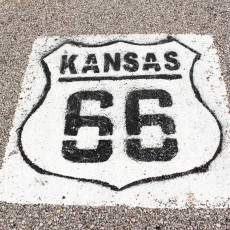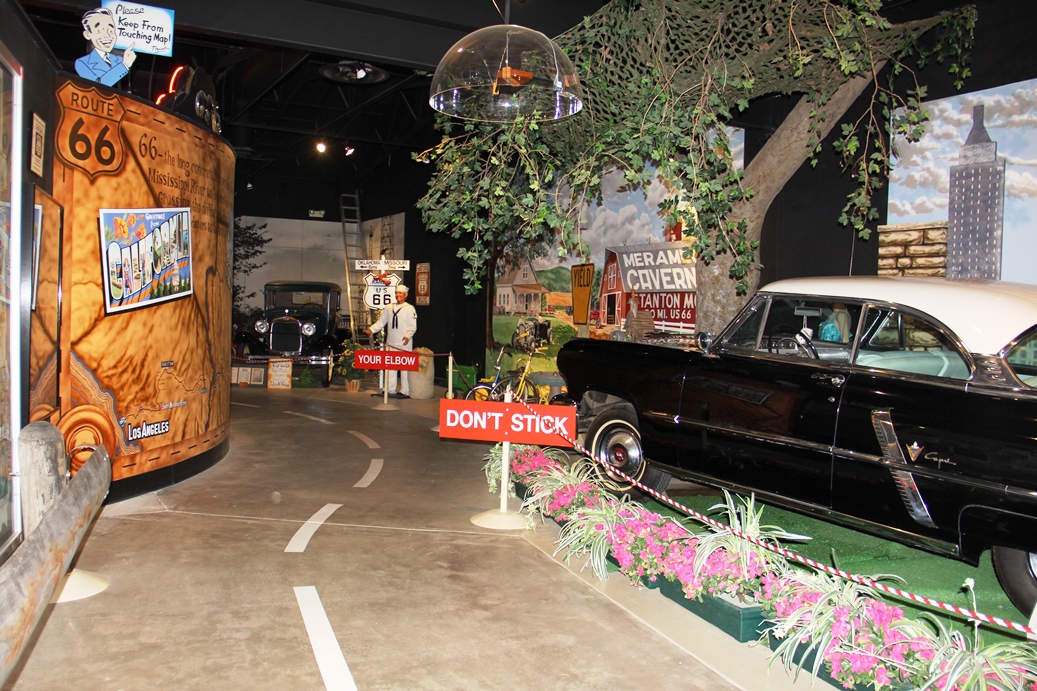Of the eight states that Route 66 runs through, Kansas has the shortest stretch, only 13 miles. There is still plenty to see here, though, from an old mining town to historic bridges to a renovated home that legend says was the home of “Galena’s Bloody Madam.”
Route 66
Cozy Dog: Home of the Route 66 Corn Dog

You’d be hard pressed to find a fair in the United States that doesn’t sell corn dogs. State fairs, county fairs, and local carnivals always include at least one vendor selling the hotdogs enrobed in cornmeal batter, deep fried to golden perfection and served on a stick. But did you know that corn dogs weren’t always served on a stick? Nor were they fried. Rather, they were baked and took quite a while to prepare. Ed Waldmire, Jr., who may have invented the corn dog, first served them at the Cozy Dog Drive-In over sixty years ago. Today, tourists continue to stop at Cozy Dog in Springfield, Illinois, for a taste of nostalgic Americana as they travel Route 66 .
Funks Grove: Pure Maple Sirup on Route 66
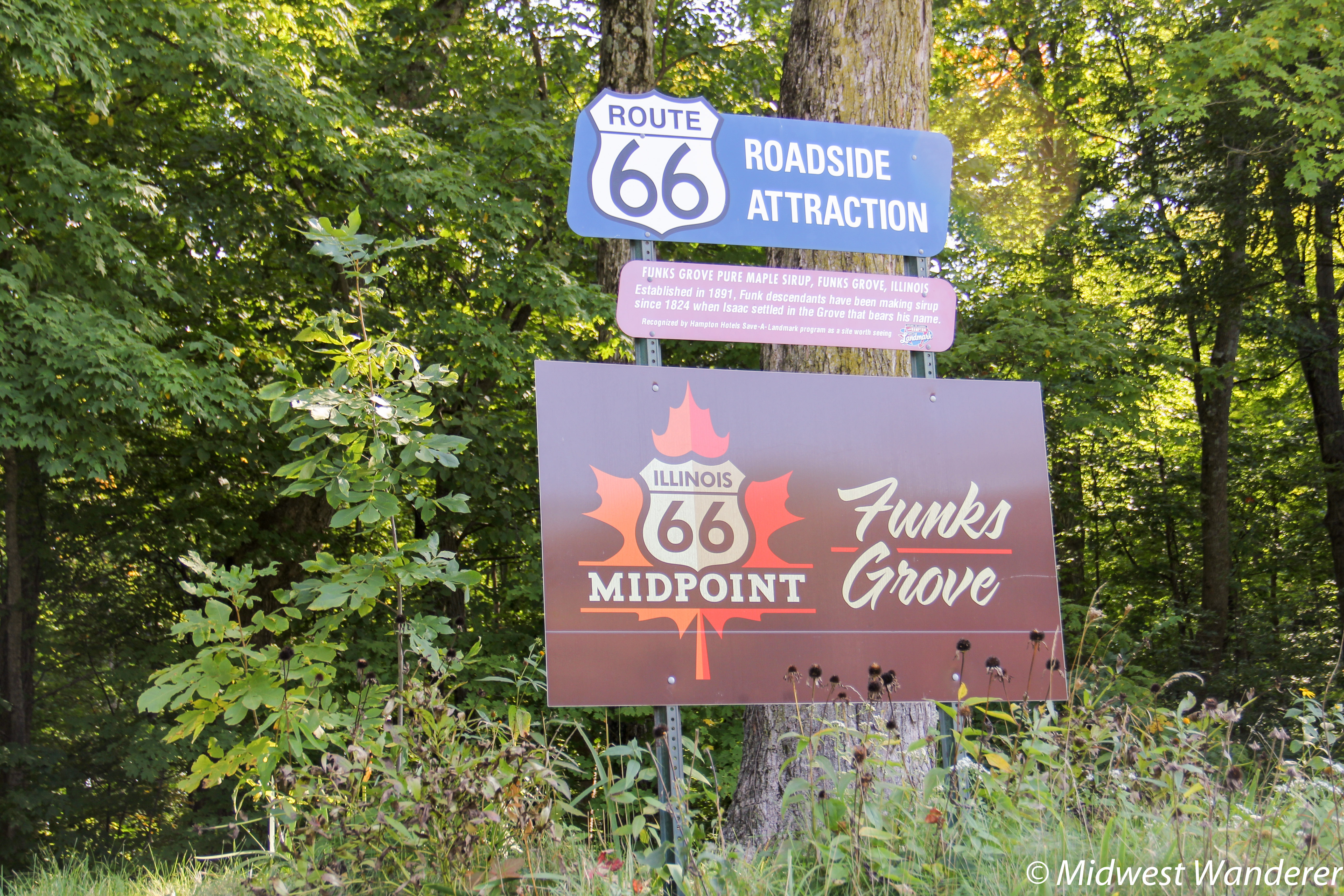
Drop by drop sticky sweet sap falls into the metal bucket hanging on the spout inserted into the maple tree. On a good day a bucket fills in 10 to 12 hours. It takes 30 to 50 gallons of sap to make just one gallon of maple sirup, something the Funk family has been doing since the 1820s. They began selling it commercially in 1891, 35 years before Route 66 was commissioned. Located near the midpoint of Illinois’ portion of Route 66, you can visit the Funks Grove farm and pick up some sirup for yourself if your timing is right.
National Route 66 Museum, Elk City, Oklahoma: Four Museums, One Location
Isle a la Cache Museum: Discover the Fur Trade on the Island of the Hiding Place
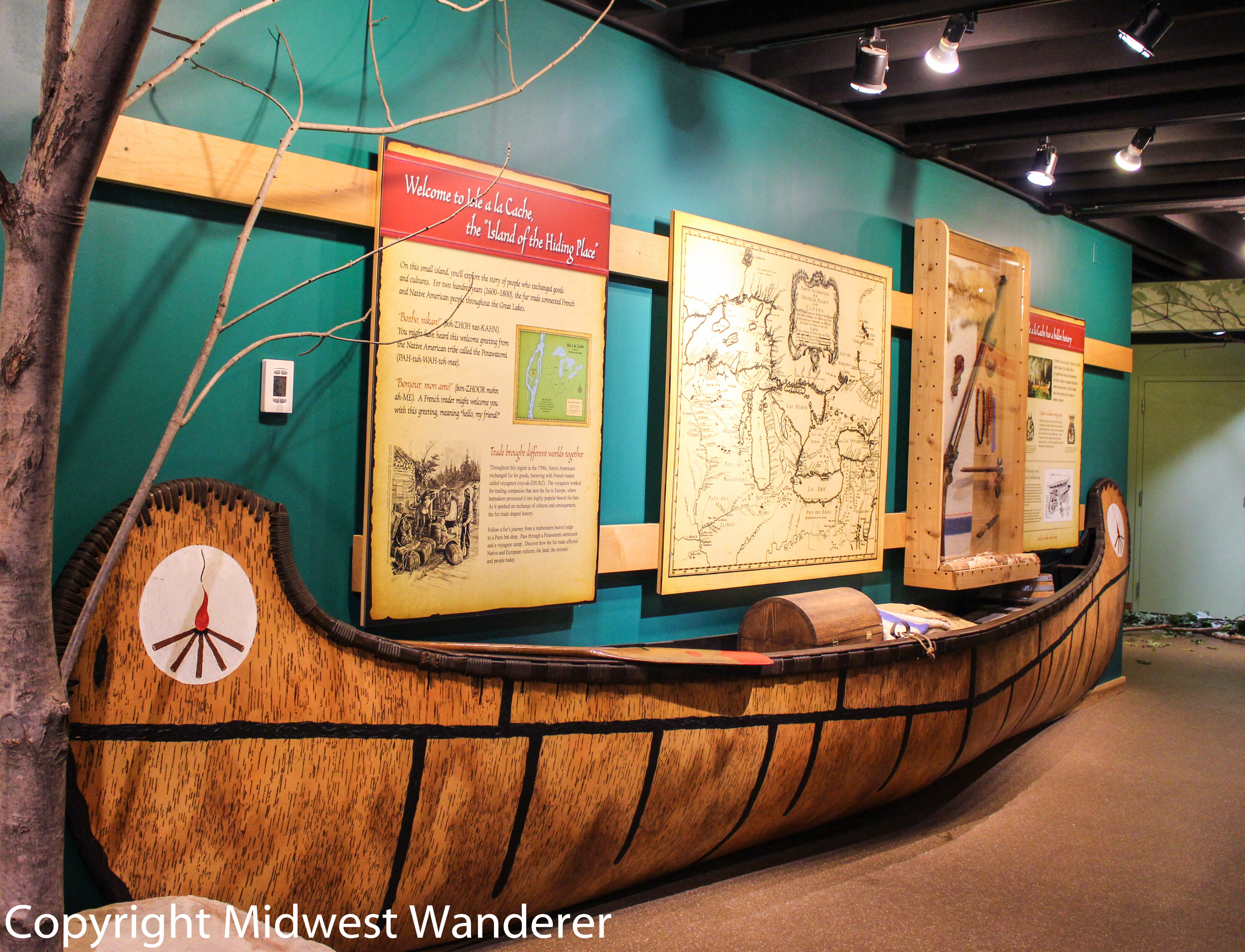
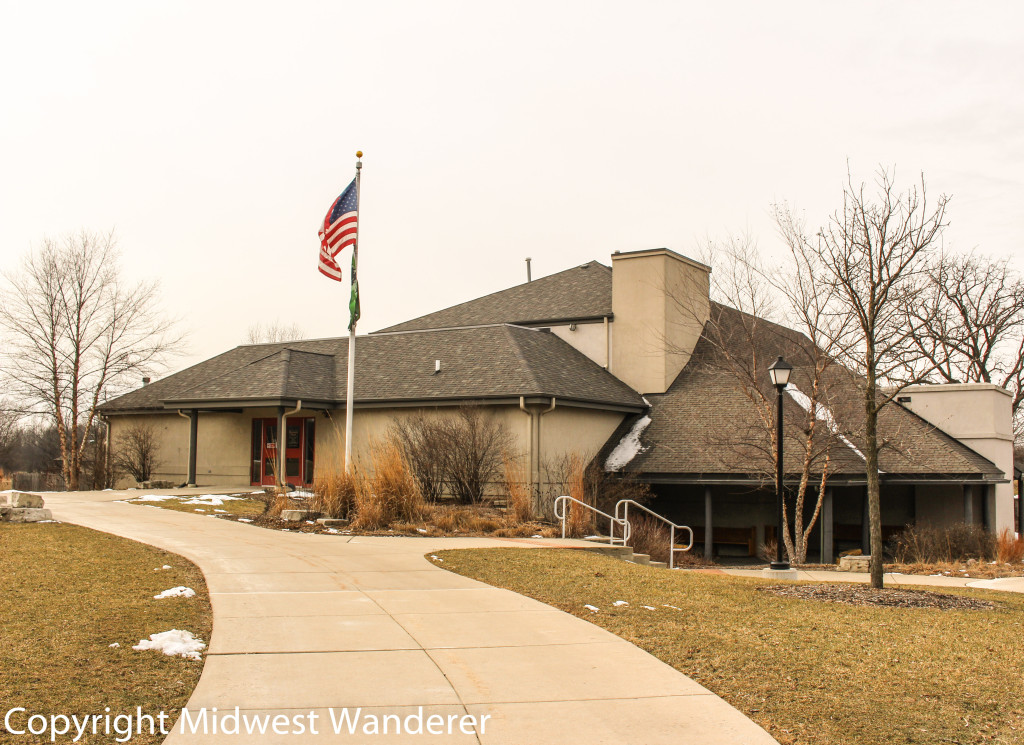 “Island of the hiding place” is the literal translation of Isle a la Cache, a tiny island in the DesPlaines River in Chicago’s suburban Romeoville. The fur trade was a huge industry in the 1600s and 1700s, and Illinois’ abundant interconnected web of waterways made the area a focal point for trade. Isle a la Cache was a middle ground for trading. It was here that voyageurs often camped, stored goods and traded with the native Potawatomi. A rendezvous took place annually at Isle a la Cache, a big event in which traders met with Native Americans for trading.
“Island of the hiding place” is the literal translation of Isle a la Cache, a tiny island in the DesPlaines River in Chicago’s suburban Romeoville. The fur trade was a huge industry in the 1600s and 1700s, and Illinois’ abundant interconnected web of waterways made the area a focal point for trade. Isle a la Cache was a middle ground for trading. It was here that voyageurs often camped, stored goods and traded with the native Potawatomi. A rendezvous took place annually at Isle a la Cache, a big event in which traders met with Native Americans for trading.
The museum begins with the voyageurs, whose trips would often last about eight months. They plied the waterways from Canada down into Illinois in canoes. They carried all the provisions they’d need for the entire trip, plus items for trade. Their loads could weigh a few thousand pounds. They’d often bury some of their provisions in caches and come back for them to be used on the return trip.
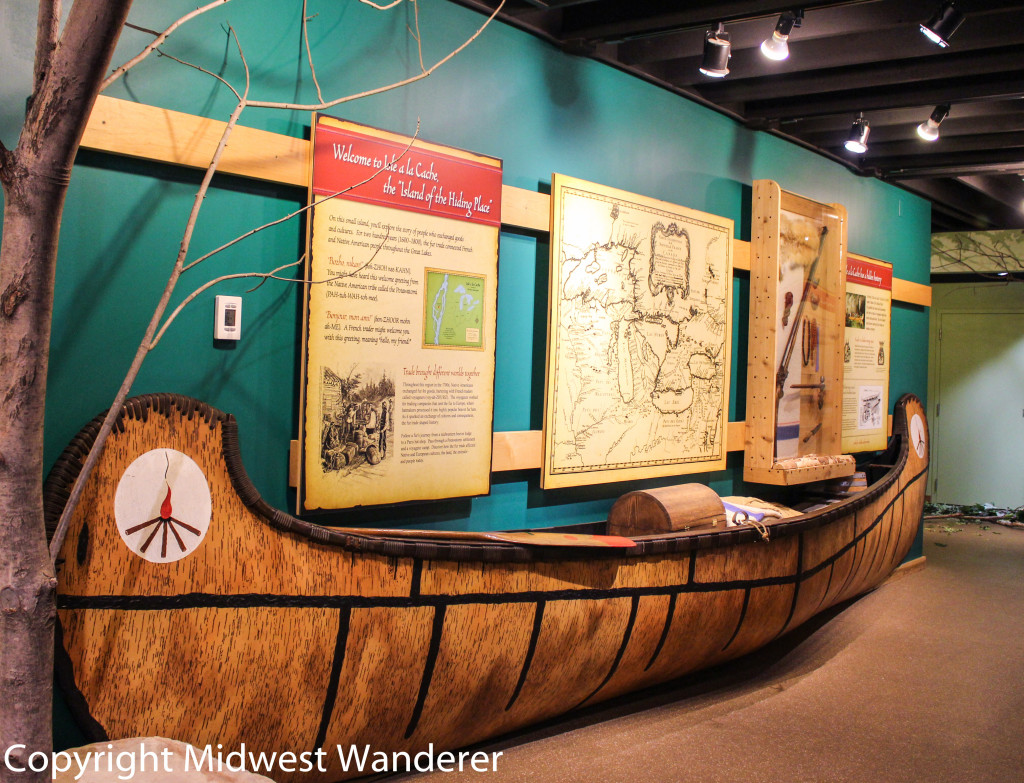 Voyageurs brought with them steel tools, firearms and other items Native Americans didn’t have the means to produce themselves. They traded for some food but mostly for fur, specifically beaver pelts. The beaver population was abundant in the 1600s to 1700s, and their water repellant fur was ideal for hats. The Potawatami could predict when the beavers would be in their lodges, so they were easy to trap. The voyageurs sent the pelts to Europe where milliners transformed them into hats. By the early 1800s the beaver population had declined to near extinction.
Voyageurs brought with them steel tools, firearms and other items Native Americans didn’t have the means to produce themselves. They traded for some food but mostly for fur, specifically beaver pelts. The beaver population was abundant in the 1600s to 1700s, and their water repellant fur was ideal for hats. The Potawatami could predict when the beavers would be in their lodges, so they were easy to trap. The voyageurs sent the pelts to Europe where milliners transformed them into hats. By the early 1800s the beaver population had declined to near extinction.
Don’t miss a Midwest Wanderer post. For a FREE subscription, enter your e-mail address in the Subscribe2 box to the left and click Subscribe
The museum segues to the life of the Potawatami. A Potawatami wigwam is on display, as well as tools, clothing and other day-to-day items.
 Often French traders would marry Potawatami women, giving them easier access to trade items. Their children were referred to as Metis. Although Metis had insight to both cultures, neither culture fully accepted them.
Often French traders would marry Potawatami women, giving them easier access to trade items. Their children were referred to as Metis. Although Metis had insight to both cultures, neither culture fully accepted them.
The museum exhibits ends with a recreated French hat shop with samples of hats and muffs that may have been made of beaver fur. You can learn more about the area’s past in the museum’s library.
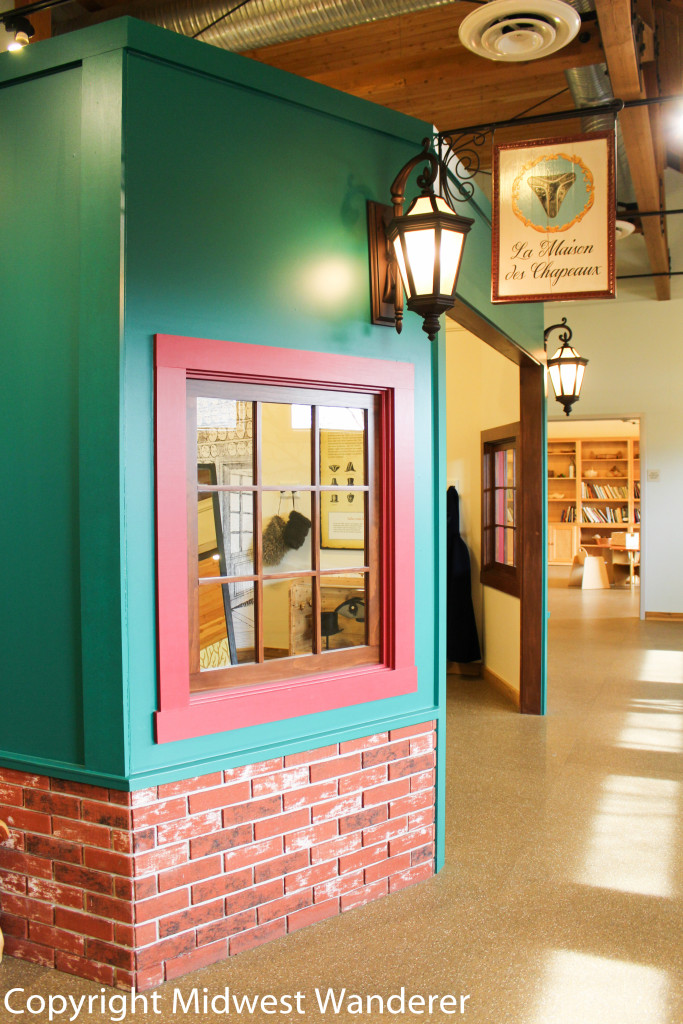
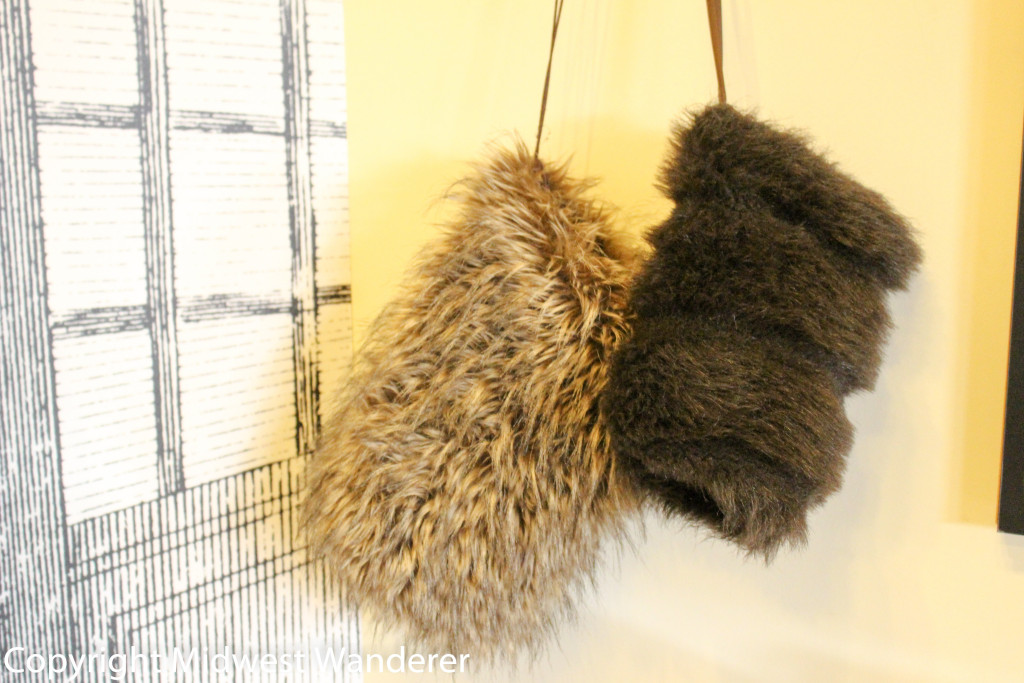 The Isle a la Cache Museum is located at 501 E Romeo Road (135th Street) in Romeoville, just east of Route 53 (the Historic Route 66). The museum is open Tuesday through Sunday. Check the web site for hours.
The Isle a la Cache Museum is located at 501 E Romeo Road (135th Street) in Romeoville, just east of Route 53 (the Historic Route 66). The museum is open Tuesday through Sunday. Check the web site for hours.
While you’re there, drive an eight of a mile farther east to the Centennial Trail. On the north side of 135th Street, check out the old swing bridge, built in 1899. The bridge spanned the I&M Canal until 1996 when a stationary bridge replaced the swing bridge, and the swing bridge was relocated to the trail.

 Thank you for reading Midwest Wanderer. Don’t miss a post. Enter your e-mail address below and click Subscribe to be notified whenever I publish another post. Subscription is FREE. After subscribing, be sure to click the link when you get the e-mail asking you to confirm. – Connie
Thank you for reading Midwest Wanderer. Don’t miss a post. Enter your e-mail address below and click Subscribe to be notified whenever I publish another post. Subscription is FREE. After subscribing, be sure to click the link when you get the e-mail asking you to confirm. – Connie
Other articles you may enjoy:
White Fence Farm, Romeoville IL: Popular Chicken Restaurant on Route 66
Pontiac Oakland Museum, Pontiac Illinois: Auto Nostalgia along Route 66
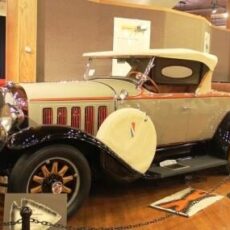
What do you do with a collection of 20 restored Pontiacs and Oaklands and more memorabilia than you have room to store? Open a museum, of course. And what better place to open the Pontiac Oakland Museum than Pontiac, Illinois, a popular stop along the historic Route 66? That’s exactly what Tim Dye did when he and his wife Penny pulled up roots from Broken Arrow, Oklahoma, and moved their collection to Illinois.

